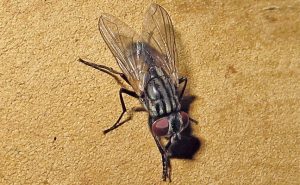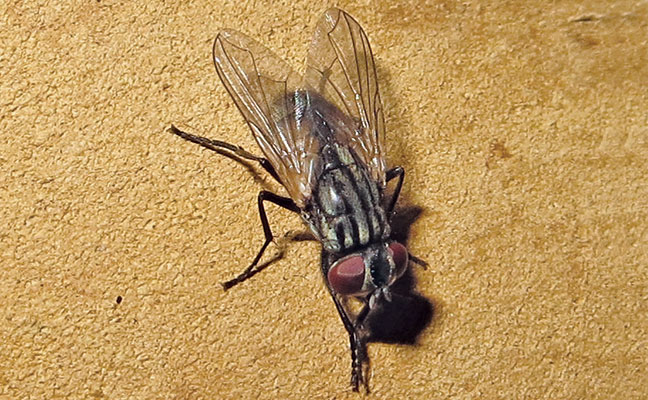Study: Flies can carry coronavirus, but there’s little cause for concern – Pest Management Professional : Pest Management Professional By Heather Gooch | April 28, 2021

PHOTO: DR. GERALD WEGNER, BCE-EMERITUS
Two new studies that were recently published in the journal Parasites & Vectors have found that house flies (Musca domestica) can carry SARS-CoV-2, the virus that causes COVID-19, for up to 24 hours after exposure.
But before you sound the alarm bells to customers — or technicians, for that matter — the chances of a human contracting the virus from a fly are slim to none, according to the researchers.
The first study’s methodology, as described in Parasites & Vectors, consisted of testing the infectivity of house flies after exposure to SARS-CoV-2-spiked medium or milk. In the second study, environmental samples were tested for infectivity after contact with the flies exposed to SARS-CoV-2. “During both studies, samples were collected at various time points post-exposure and evaluated by SARS-CoV-2-specific RT-qPCR and virus isolation,” the abstract states, noting:
Under laboratory conditions, house flies acquired and harbored infectious SARS-CoV-2 for up to 24 h post-exposure. In addition, house flies were able to mechanically transmit SARS-CoV-2 genomic RNA to the surrounding environment up to 24 h post-exposure. Further studies are warranted to determine if house fly transmission occurs naturally and the potential public health implications of such events.
The website Verywell Health followed up with two co-authors of both studies, Drs. Jurgen Richt, a professor at Kansas State University and director of the Center on Emerging and Zoonotic Infectious Diseases, and Dana Nayduch, research leader at the U.S. Department of Agriculture Arthropod-Borne Animal Diseases Research Unit.
Both cautioned that the lab environment is far from real-world conditions. The second study showed that while flies could transmit the virus’ genome, which itself is not infectious, they did not transmit the virus itself.
Two infectious disease experts that Verywell followed up with agreed. Quipped Dr. Amesh Adalja,s enior scholar at the Johns Hopkins Center for Health Security, “How often is there milk that has COVID in it sitting out, that a fly bathes itself in, in real life? I wouldn’t worry about this at all.”
Dr. John Sellick, professor of medicine at the University at Buffalo/SUNY, pointed out in the Verywell article that “we went through this with HIV and Ebola. Just because you can show in a laboratory setting that you can get a mosquito or fly to have a virus after feeding on something doesn’t mean the virus spreads that way.”
So, why is this news after all? Dr. Richt told Verywell that “flies could be a source if there is no other explanation for how someone became infected” with COVID-19. In addition, Dr. Nayduch foresees a time where the medical community “could potentially screen flies for traces of the virus and use them as sentinels to detect virus in the environment.”

